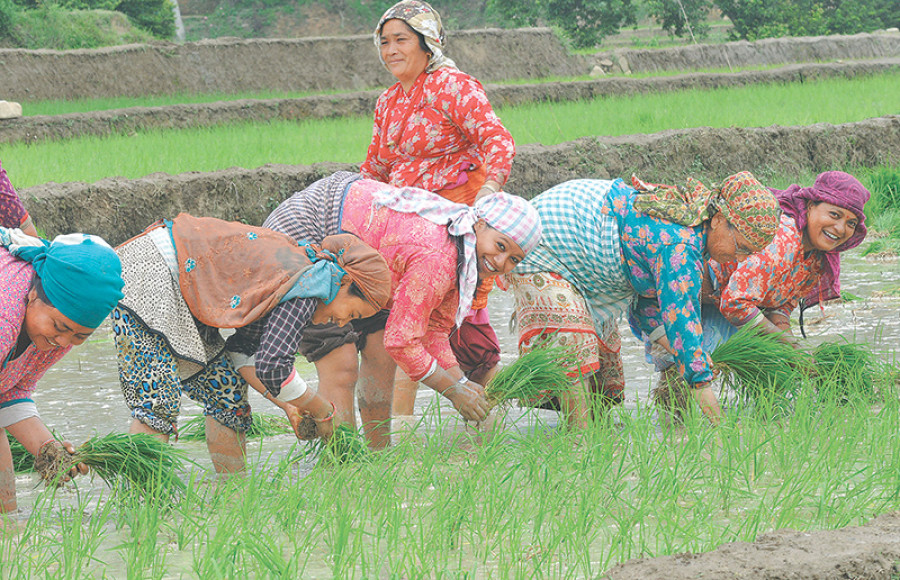Money
NFC starts producing rice to stabilise prices
State-owned Nepal Food Corporation (NFC) has started producing rice to supply to remote mountain districts at fair prices following arbitrary price increases by rice traders and mills.
Bharat Jargamagar
State-owned Nepal Food Corporation (NFC) has started producing rice to supply to remote mountain districts at fair prices following arbitrary price increases by rice traders and mills.
The NFC branch in Lahan used to procure paddy from farmers and ship it to its headquarters in Kathmandu until last year. Instead, the office is now producing rice and selling it in the mountains.
“We were forced to produce rice and sell it after local traders and rice mills started increasing prices haphazardly,” said Lal Mohan Thakur, chief of the NFC’s Sagarmatha depot. “The market was also affected when traders were allowed to fix prices.”
The rice produced by NFC’s Lahan depot is supplied to mountain regions like Okhaldhunga, Solukhumbu and Khotang. It has also been supplying rice to Kathmandu, Surkhet, Dang, Dhangadhi and other districts.
“Until last year, we were buying paddy from the local market. After we started buying paddy directly from farmers, it has benefitted them as we pay more than local traders.”
Rice sold by NFC costs Rs100-150 less per quintal compared to the market price. Due to weak market monitoring, there is no uniformity in market prices. Market prices have stabilised after NFC started selling rice, it said.
NFC’s Lahan office has targeted procuring 50,000 quintals of paddy this fiscal year and sell 35,000 quintals of rice. As of mid-March, the office had procured 33,000 quintals of paddy.
NFC has increased the price of paddy twice this year. According to Thakur, NFC has been buying sona munsuli at Rs2,200 per quintal, jira masino at Rs3,200 per quintal and basmati rice at Rs3,250 per quintal.
The District Agriculture Development Office Siraha said that paddy output in the district was recorded at 200,000 tonnes this fiscal year.
Siraha saw record harvests this year after several years of shrinking output due to timely monsoon rains, adequate supplies of chemical fertilisers and use of improved seeds.
The country’s paddy production has been projected to jump 21.66 percent to 5.23 million tonnes this fiscal year, after two consecutive years of falling harvests triggered by drought. In the last fiscal year, a crippling drought hit paddy production severely, dragging it down by 10.22 percent to 4.29 million tonnes.
Based on the average price of Rs21.45 per kg set by the government, this year’s output is valued at Rs113 billion, excluding the value of straw and husk.




 8.12°C Kathmandu
8.12°C Kathmandu















